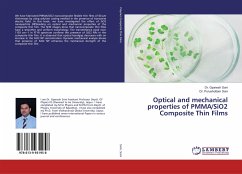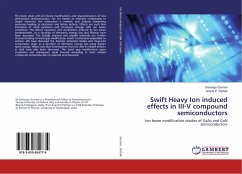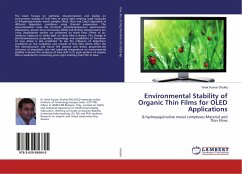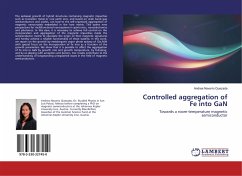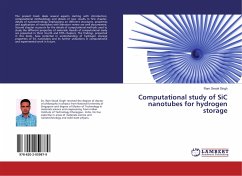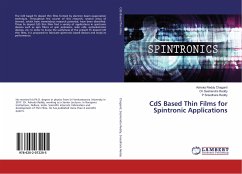Since its experimental breakthrough discovery in 2004, Graphene (Gr) paved the way for the study of the ''flatland'' of two dimensional (2D) materials. These systems are an emerging topic of interest in solid state physics and material sciences, but not only, and today count a family of more than 20 members. The tip of this iceberg, Gr, is constituted by a monoatomic layer of C atoms in hexagonal honeycomb crystalline structure. Its specific physical properties, like the high charge mobility and optical transparency, pushed the study for applications in electronic devices. In this context, the possibility to tune the charge carrier content by doping is of particular concern in view of the realization of field effect transistors and electrically switching devices. Among the doping processes, the thermal doping in controlled atmosphere is a promising procedure due to its potential application in production lines. The challenge of this technique is its stability and the impact on the Gr features that, like for thermally induced stress, could damage the material. Here Gr thermal changes are investigated by controlled atmosphere experiments to elucidate doping and stress effects



